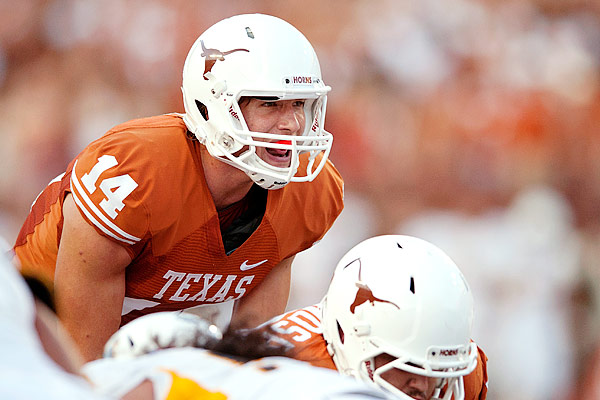NCAA student-athletes are not allowed to profit from their play on the field. They can’t do endorsements, they can’t sell autographs, they can’t accept gifts, they can’t even hire an agent to represent them. Doing so removes them from “amateur” status to all pro and prohibits them from playing in any NCAA games.
Just because the students aren’t making money doesn’t mean the school isn’t either. College football and basketball are followed fervently by millions of fans nationwide, and where there’s that much attention and interest there’s going to be some means to turn it into money. They don’t give out those multi-million dollar contracts to big-name college coaches just out of love of watching the game!

A study by Drexel University estimated that the fair market value of the average FBS (Football Bowl Subdivision) school basketball player was $121,048 and the average football player was $265,027. So where is all that money coming from?
Where The Money Comes From
College sports programs bring in revenue in the following ways:
Ticket sales
Tickets to college games aren’t free, generally not even for students. In fact, they often rival NBA prices. The average college basketball ticket runs about $70, and popular teams like the Duke Blue Devils can run up to $200 for the average game and over $1000 for major rivalry and tournament games. College football tickets are even more pricey, with an average nearing $100 and an average price of $293 for Notre Dame, the most expensive team to watch live in a home game. The top 20 schools in the nation take in $17 to 44 million overall annually from ticket sales. And don’t forget that teams get paid for away games too – they’ll take in an additional $100,000 to 4 million for those.
Donations to athletic departments
Private donations to schools can be earmarked specifically for the use of athletic programs. Many former athletes who have gone pro and gotten hefty contracts make sizable donations to their alma matter, not to mention wealthy alumni who are still fans. All told, the top 20 schools in America receive from 15 to 55 million dollars in private donations annually.
Sale of media rights
The rights to broadcast games are licensed to television stations, radio stations, and media conglomerates who own all three plus broadcast over the internet to boot. These sales contribute a tidy sum to big schools, with the top 20 schools in America taking in from half a million to 15 million dollars annually. This also includes license to use the schools in video games, which has become a touchy issue as of late as the schools can profit in this way from the use of former athletes who have since gone professional. The The NCAA, SEC, Big Ten and Pac-12 all chose this past year to stop participating in video games, likely as a result of an antitrust lawsuit brought against them.
Merchandising
Just as with pro sports, team apparel is sold at a profit. Hats, jerseys, posters, sneakers, and all manner of miscellaneous branded goods contribute from 2 to 16 million dollars to the coffers of America’s 20 biggest schools each year.
Altogether the top 20 schools in America annually bring in $80 million at the low end to $125 million at the high end solely from their sports programs.
Sources:
http://www.ncpanow.org/research?id=0024 – “The Price of Poverty in Big Time College Sport” – Drexel University
http://espn.go.com/ncaa/revenue
Sarah writes on her own blog about the NFL.


